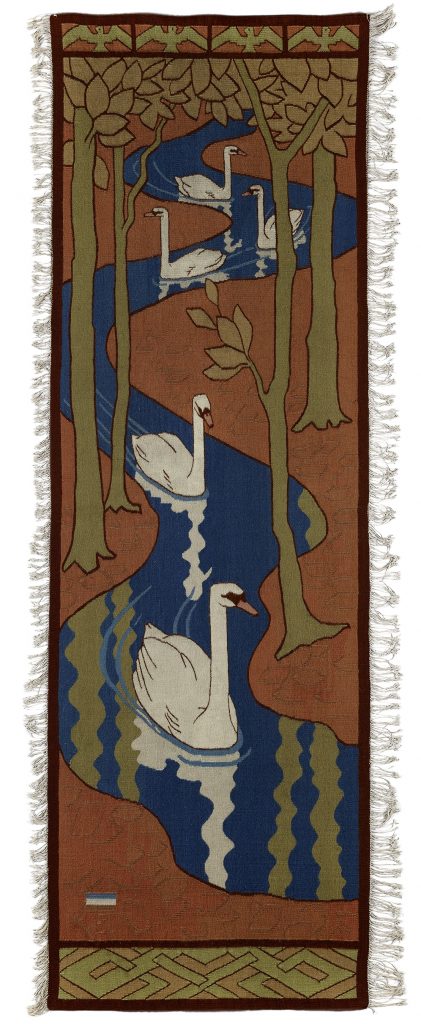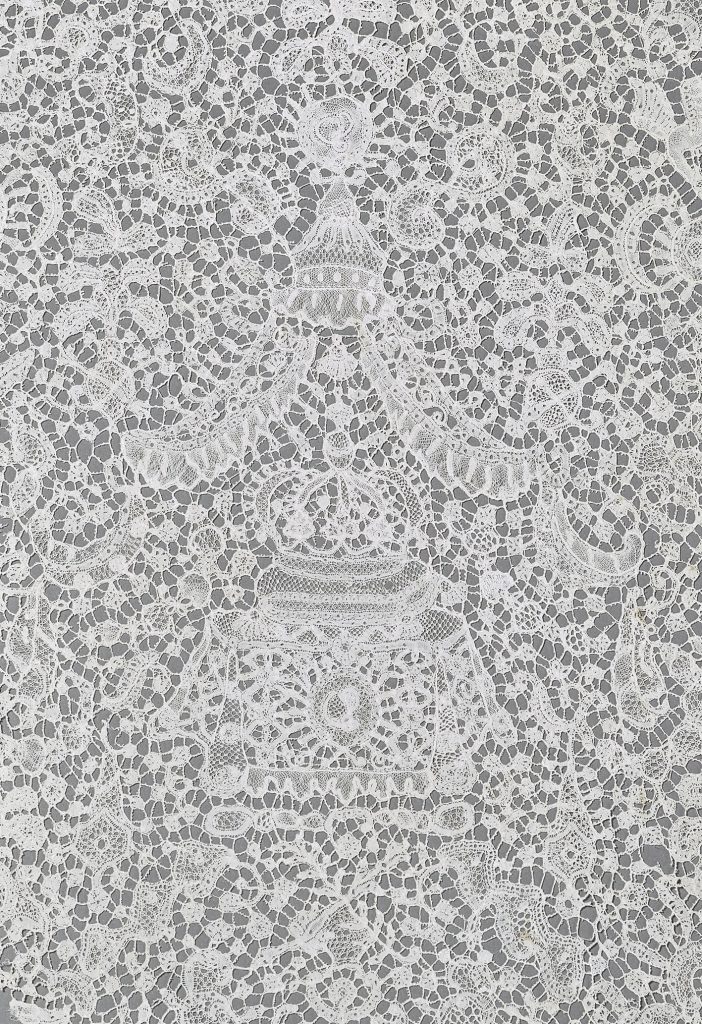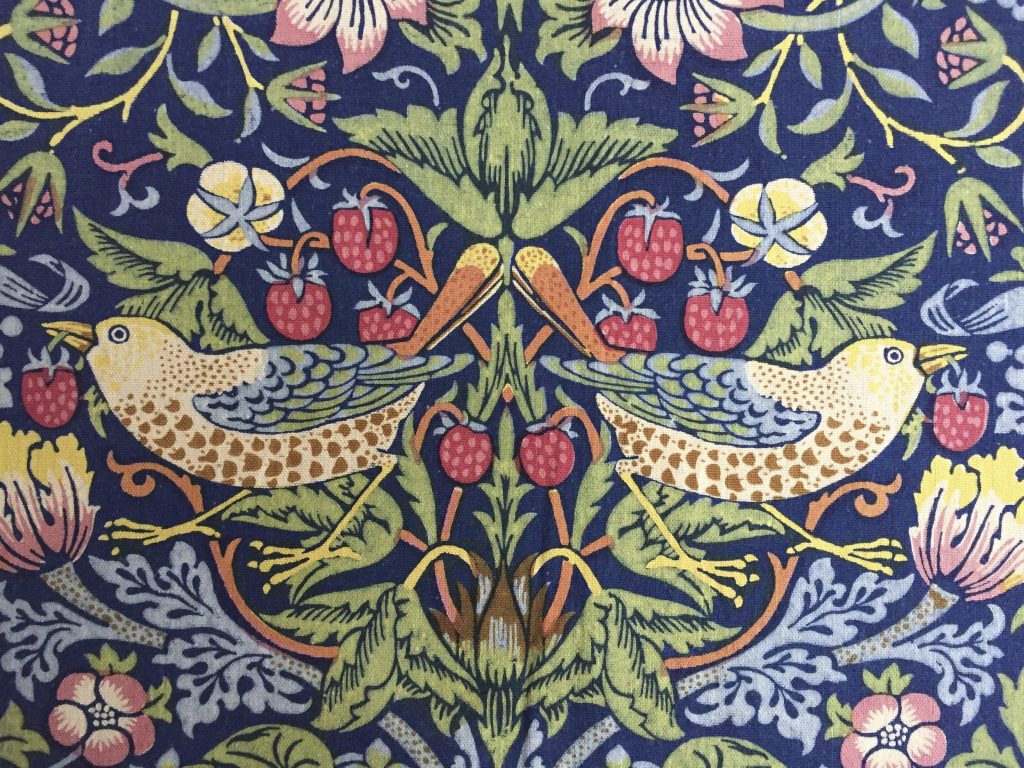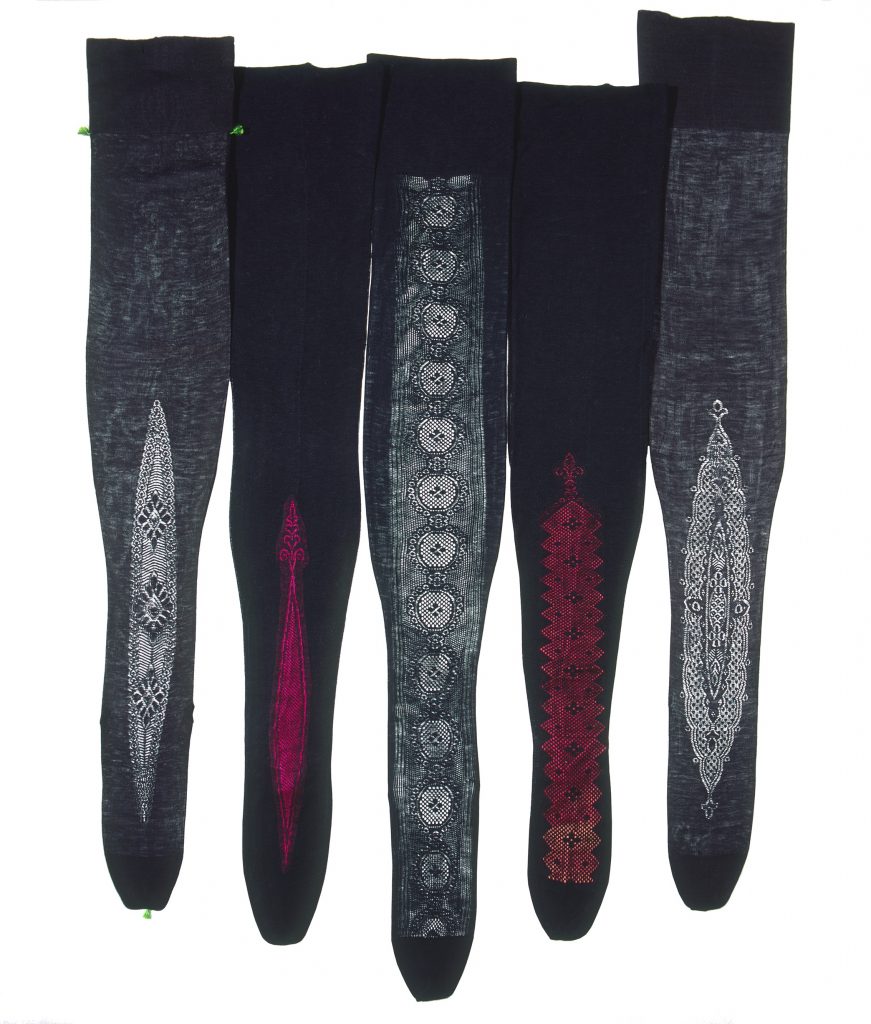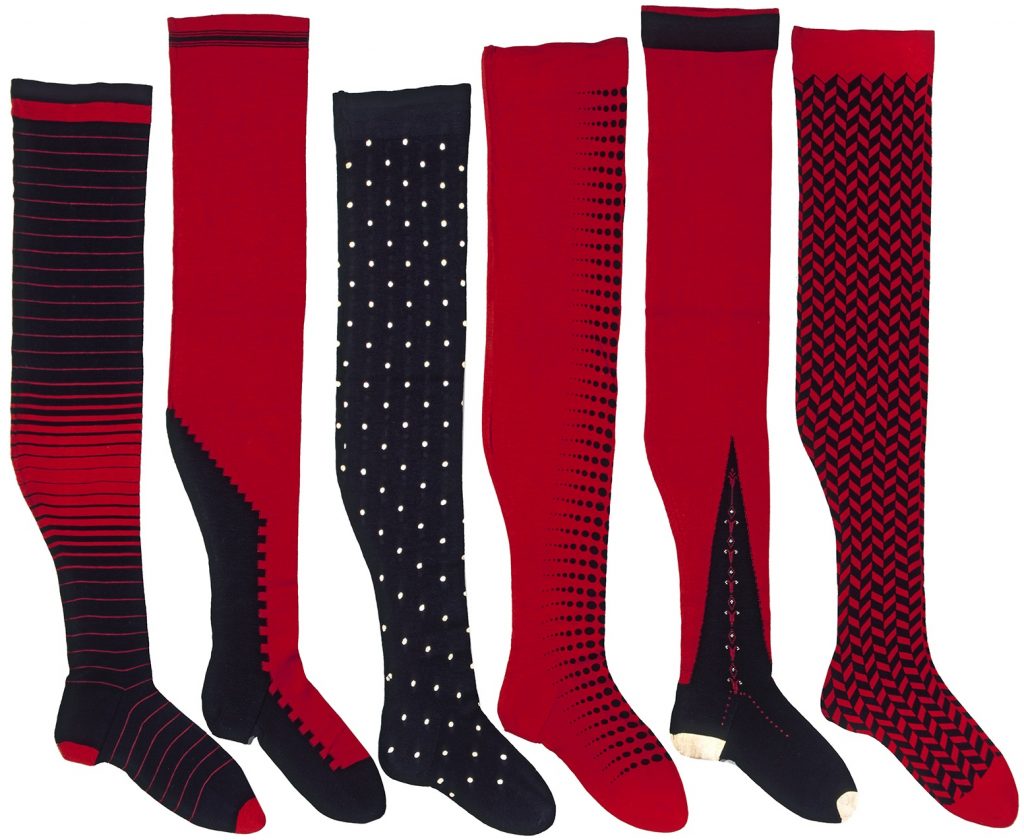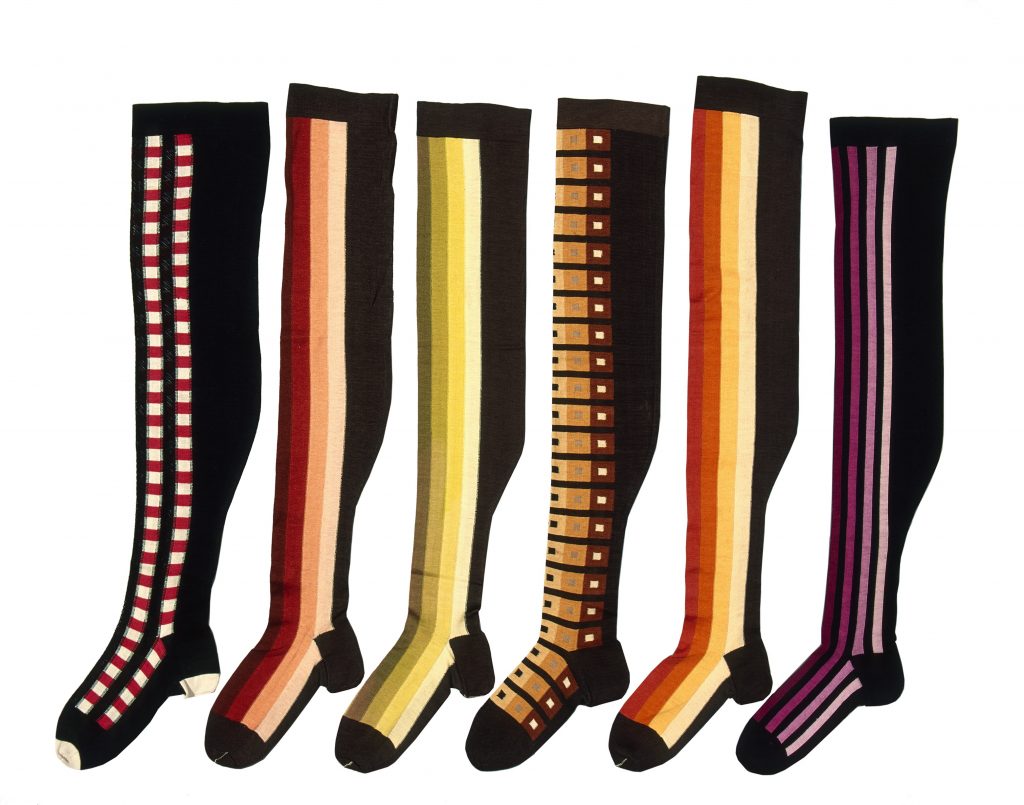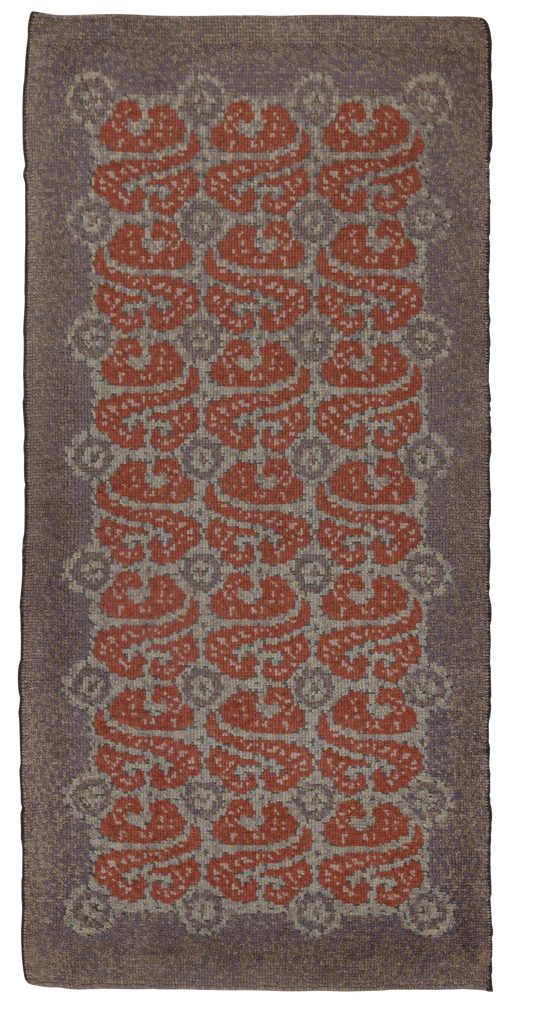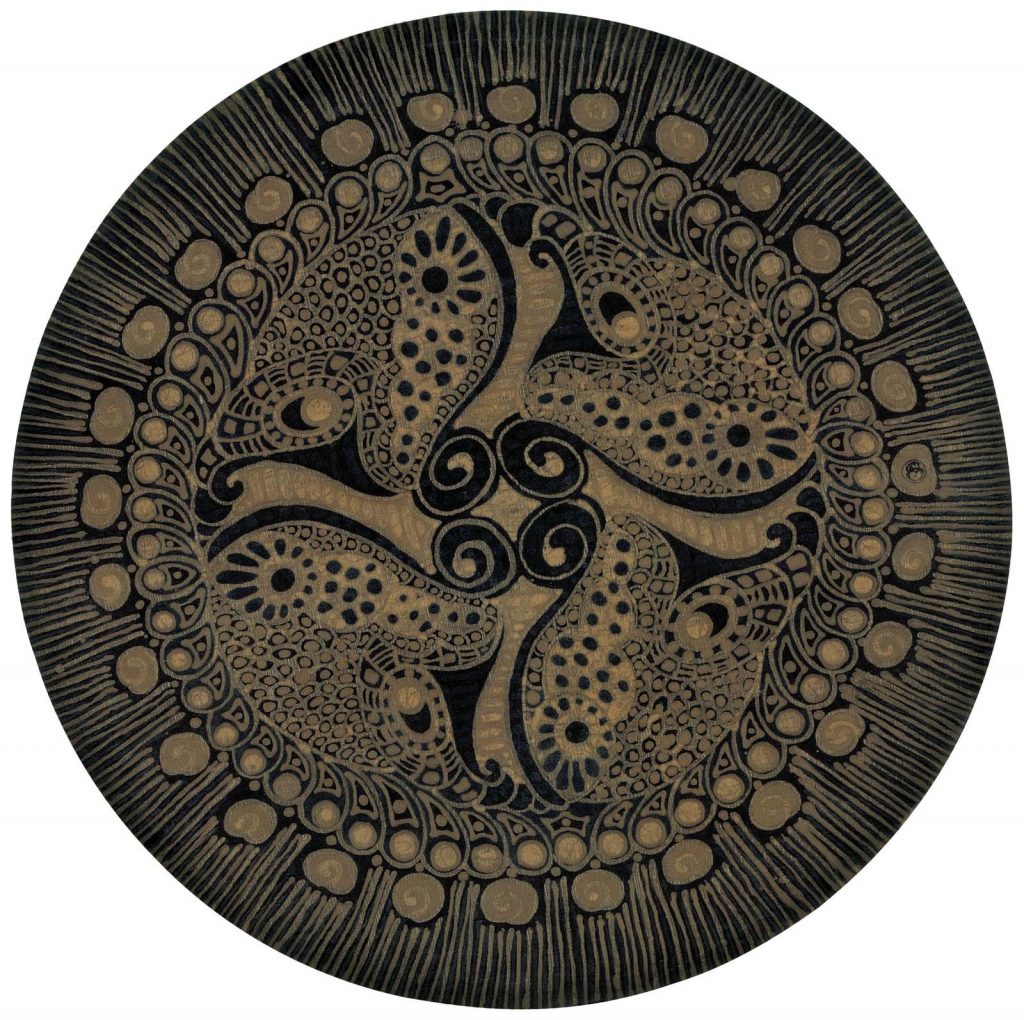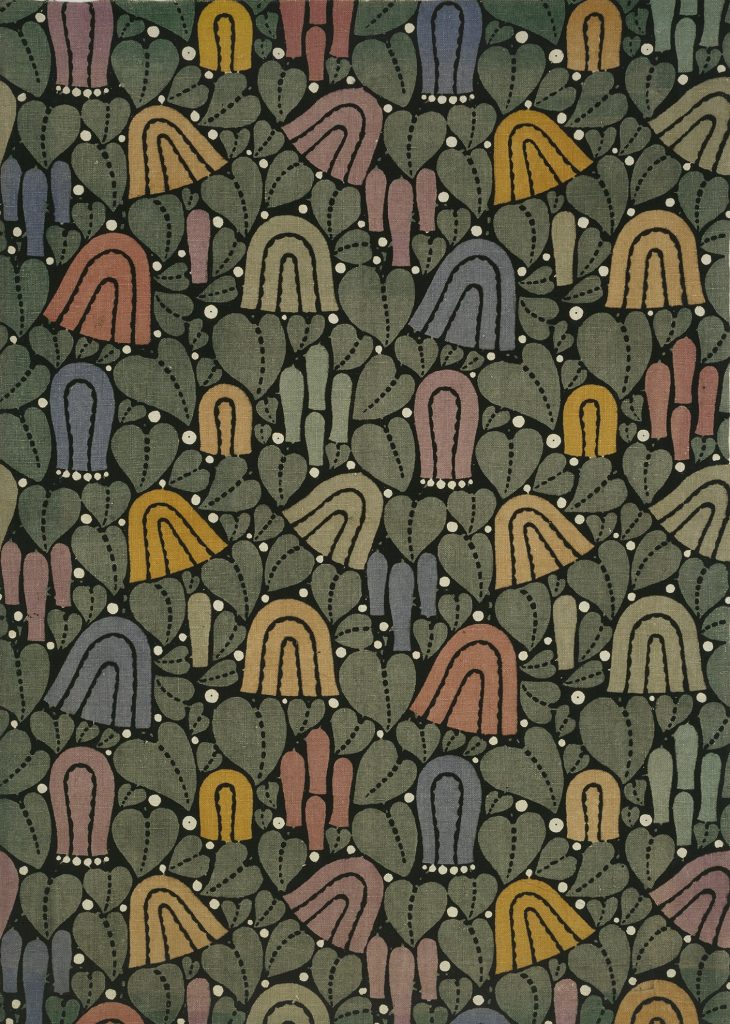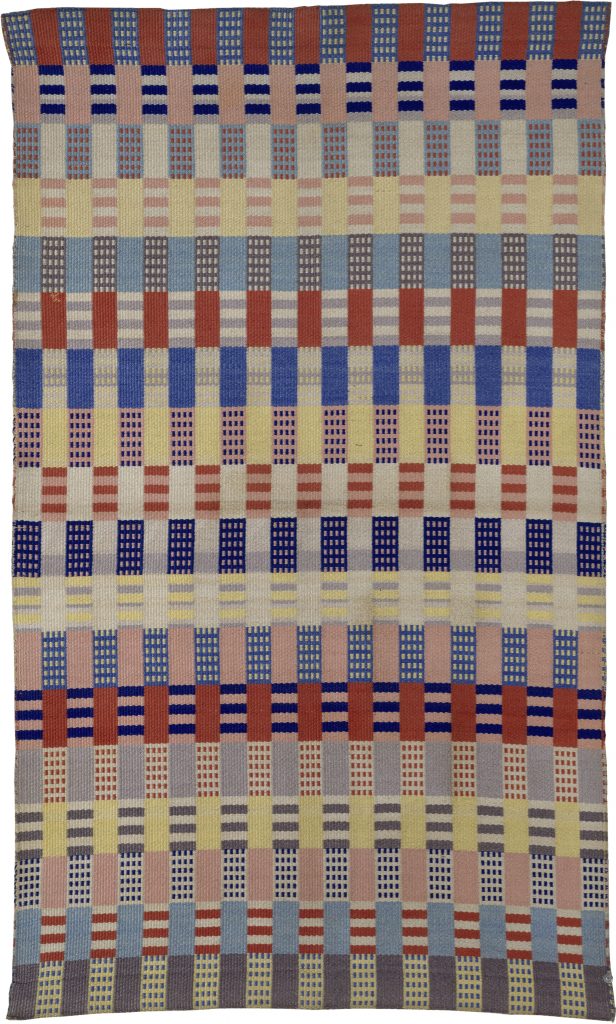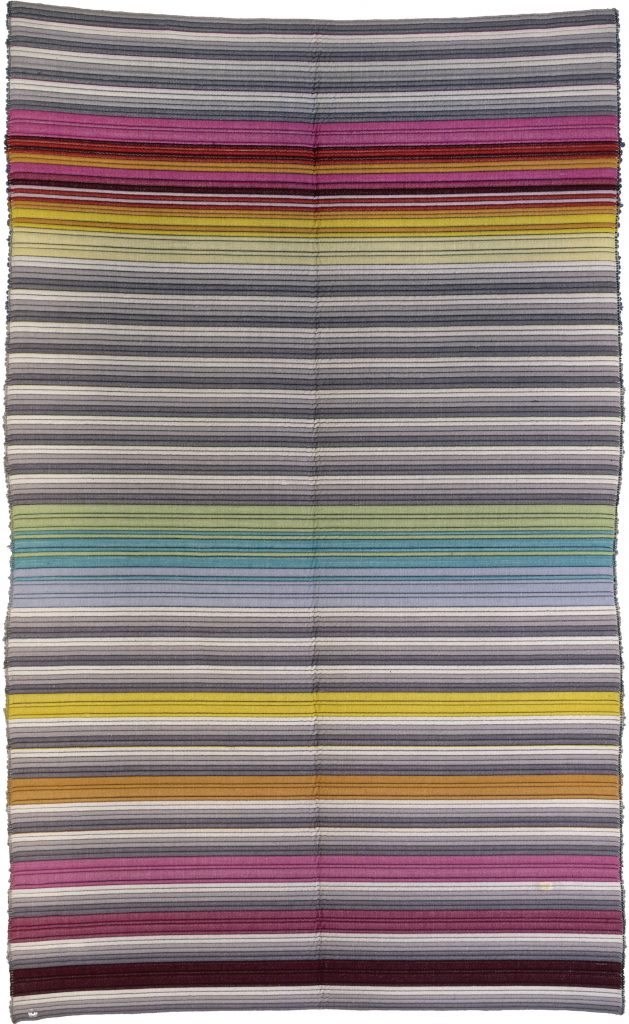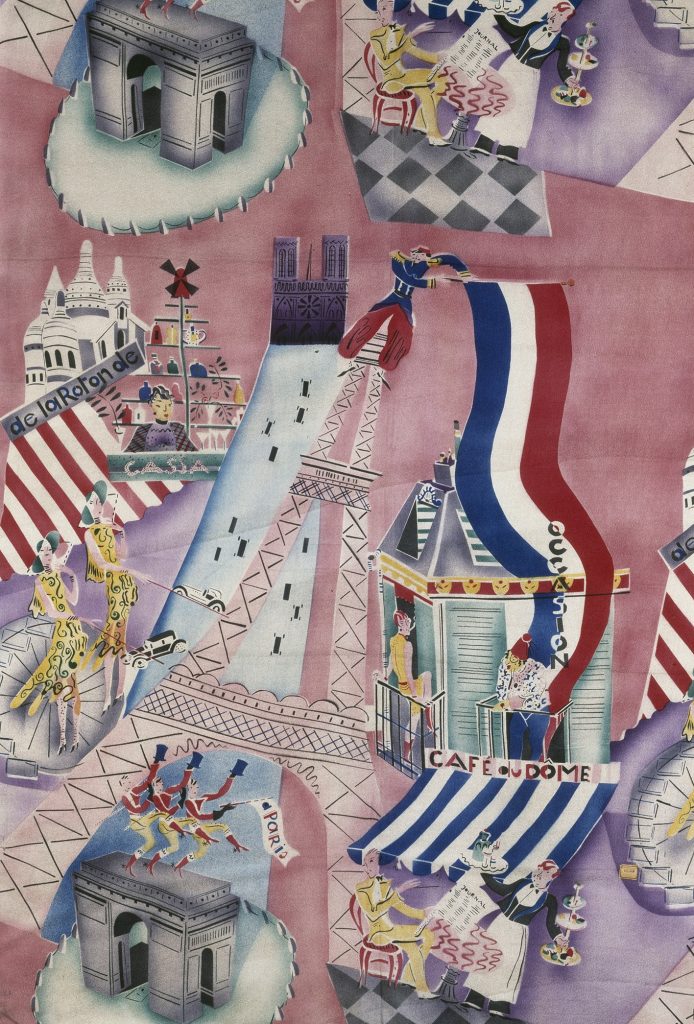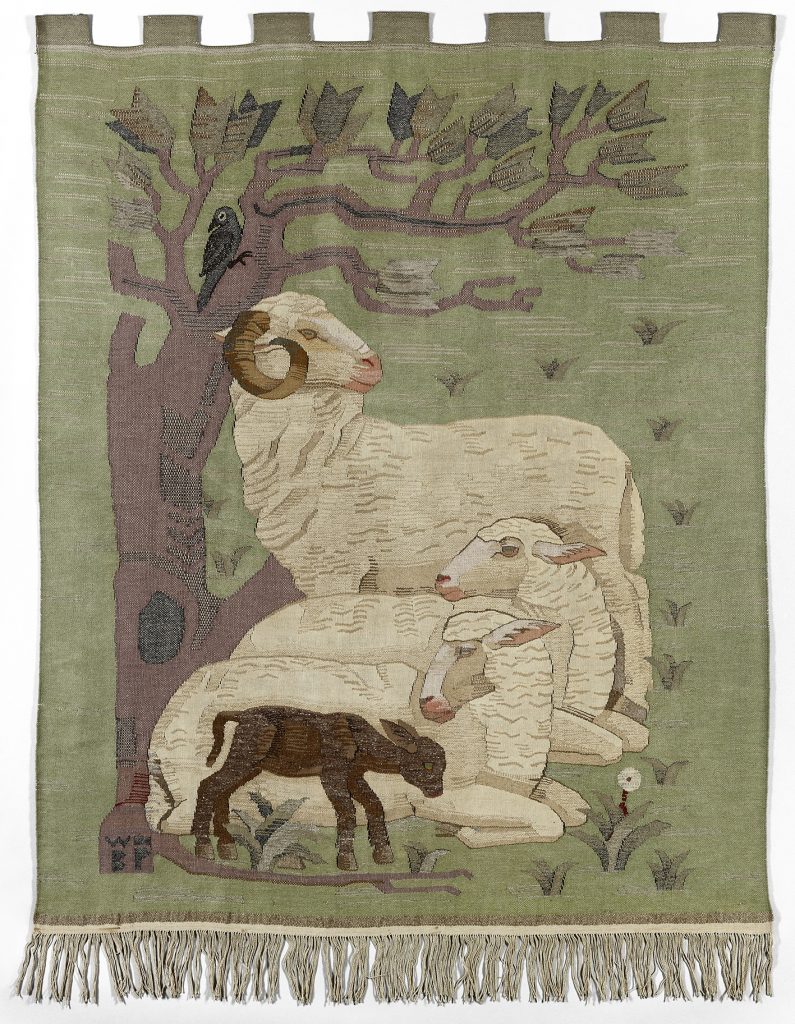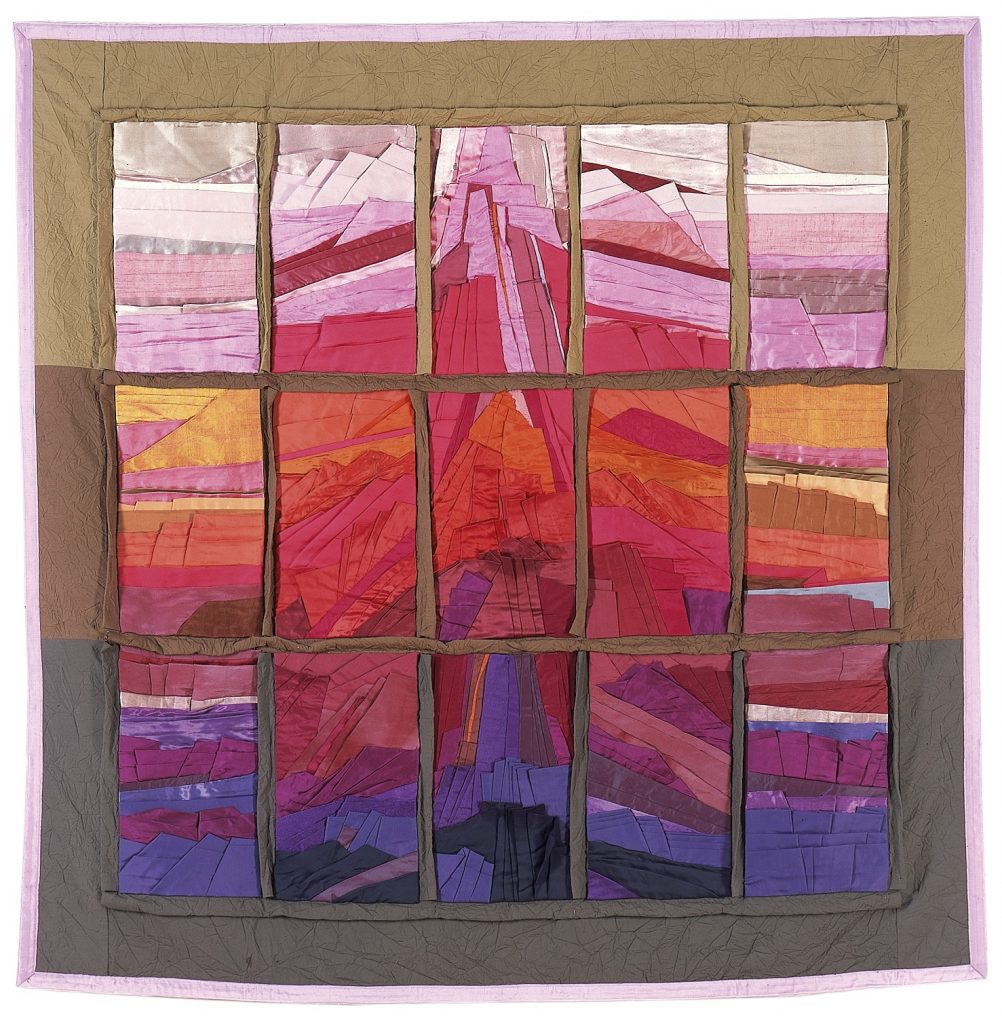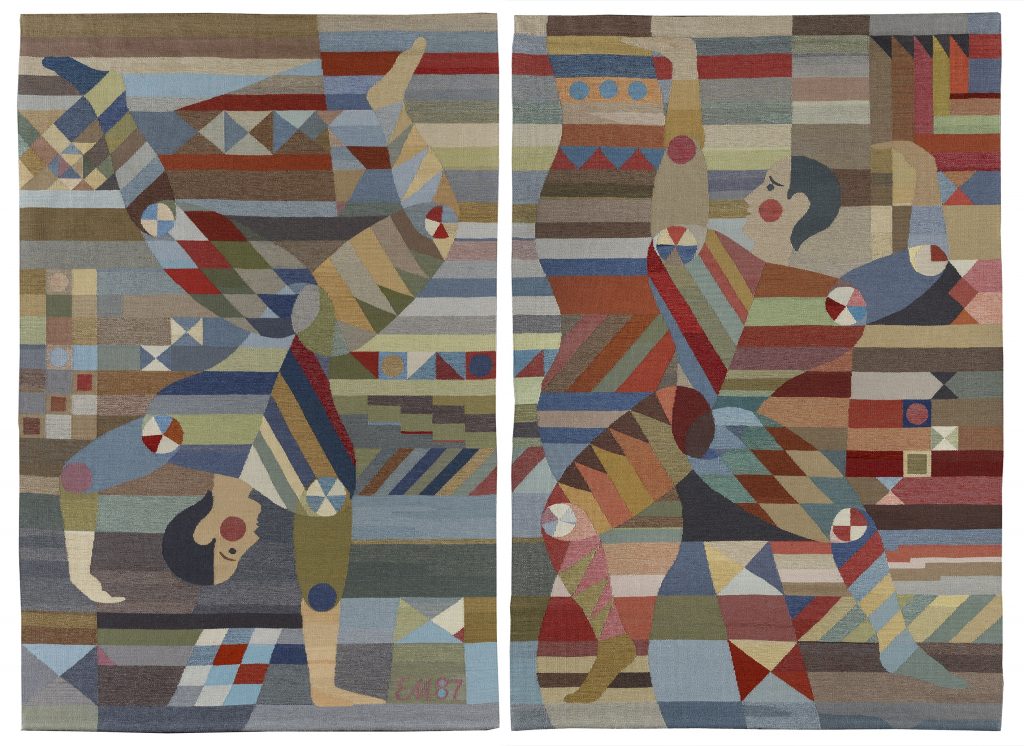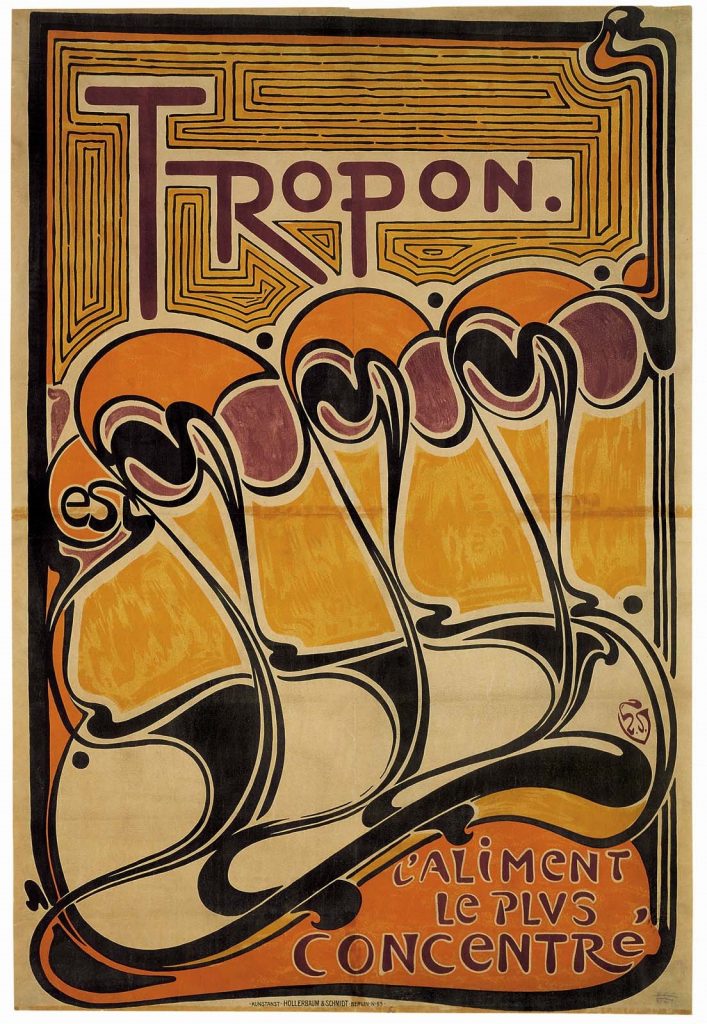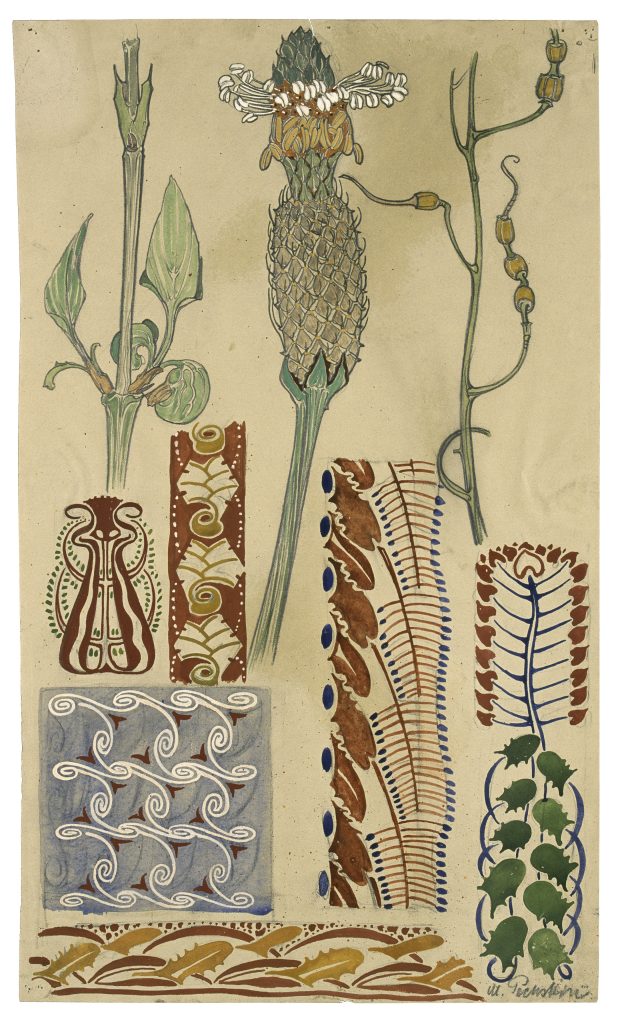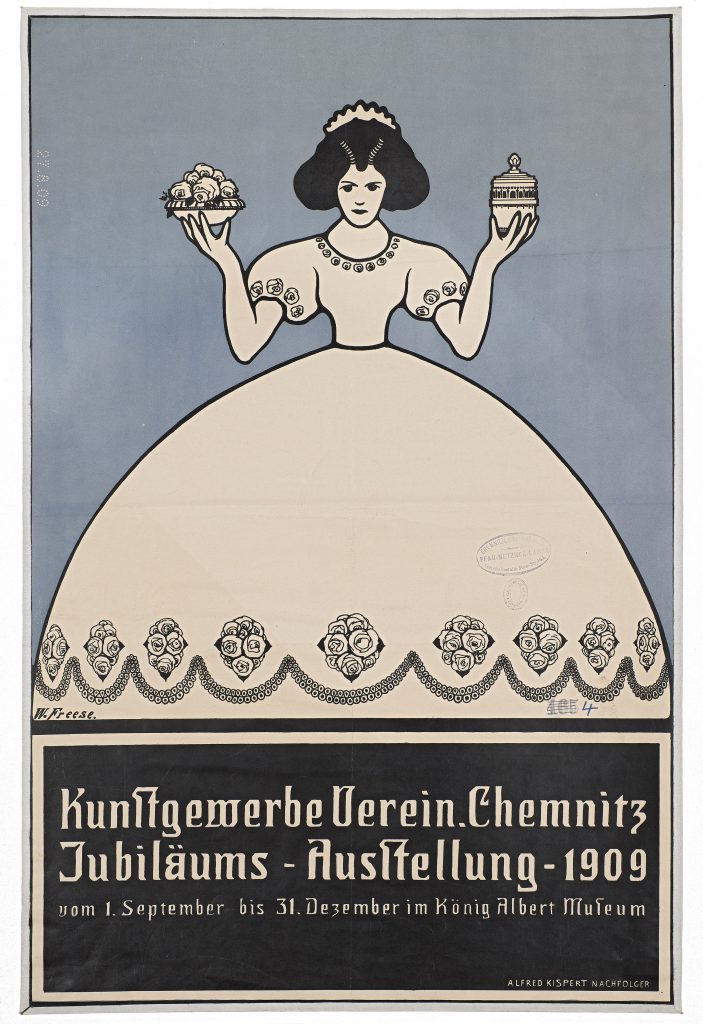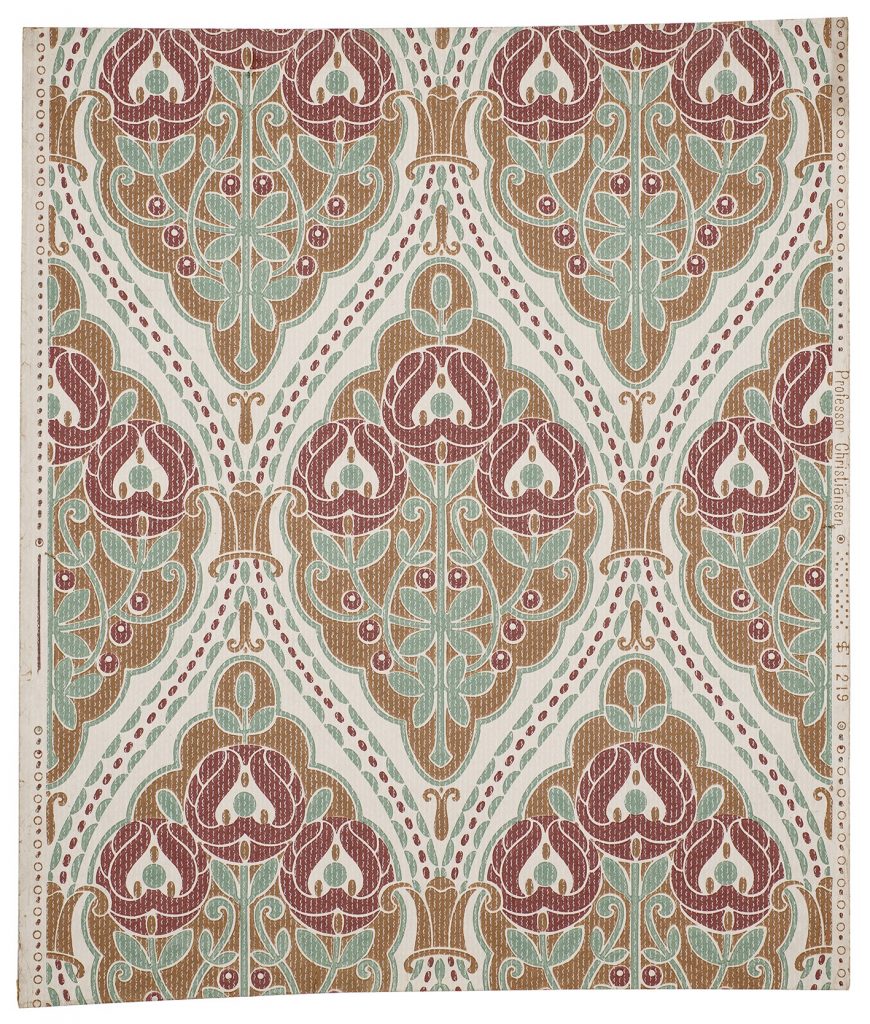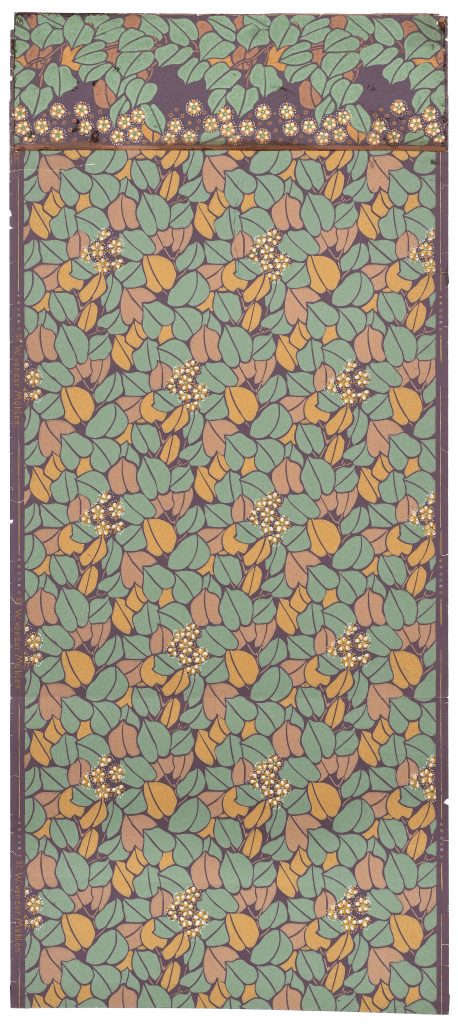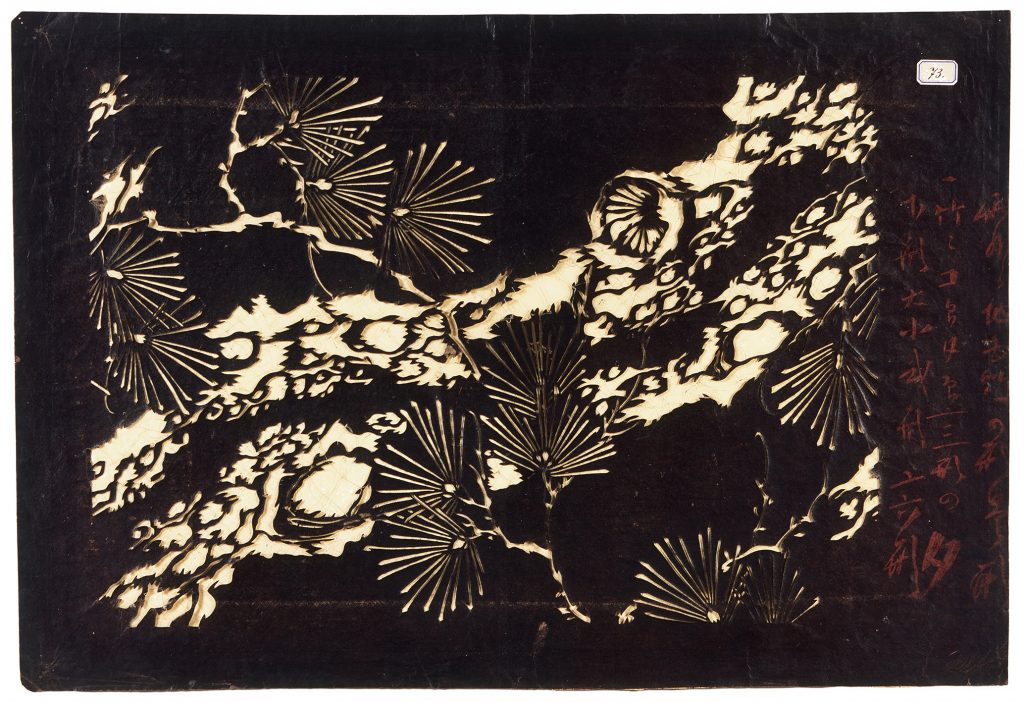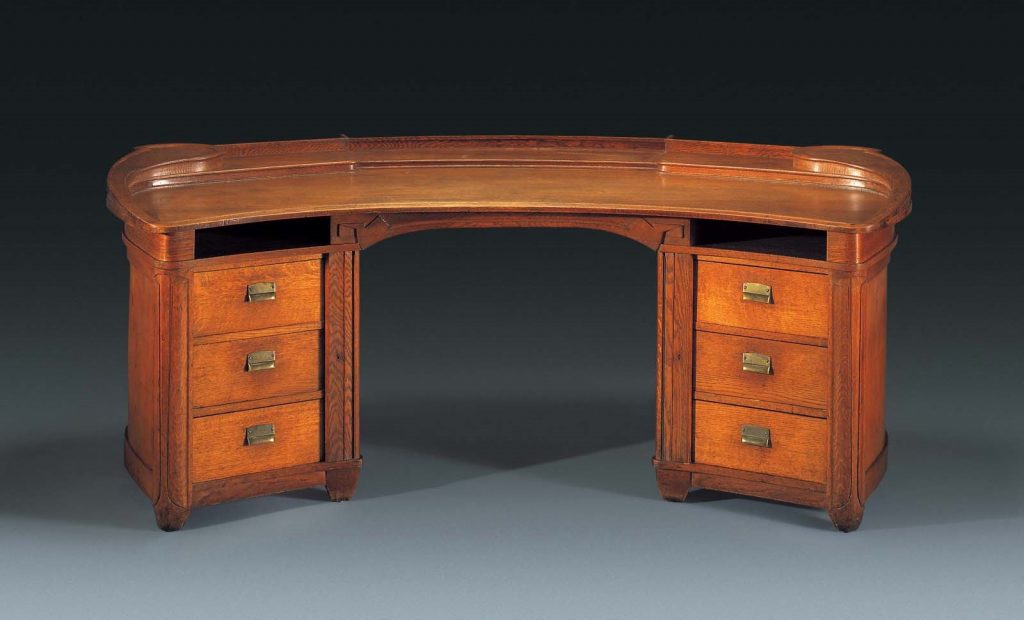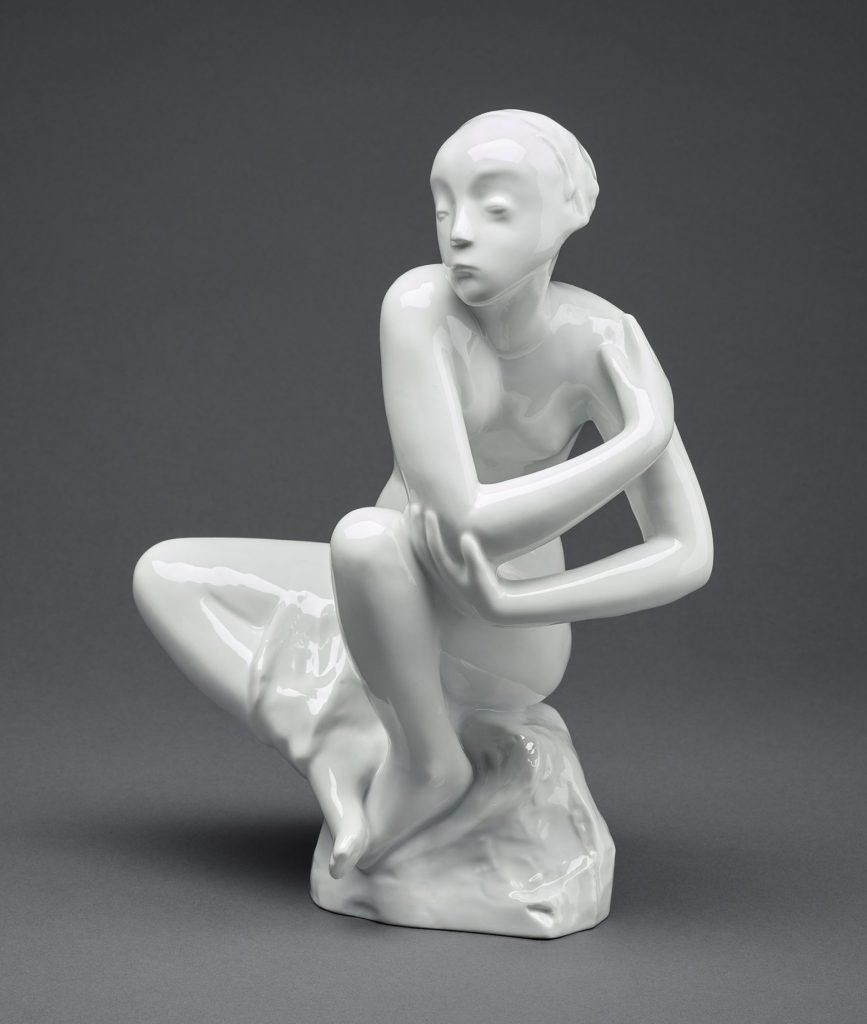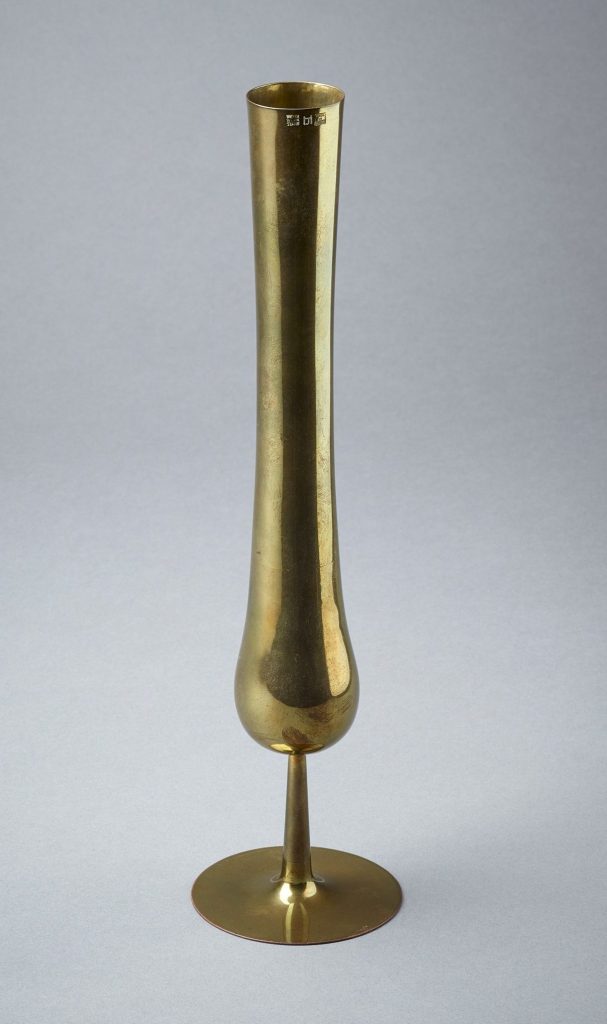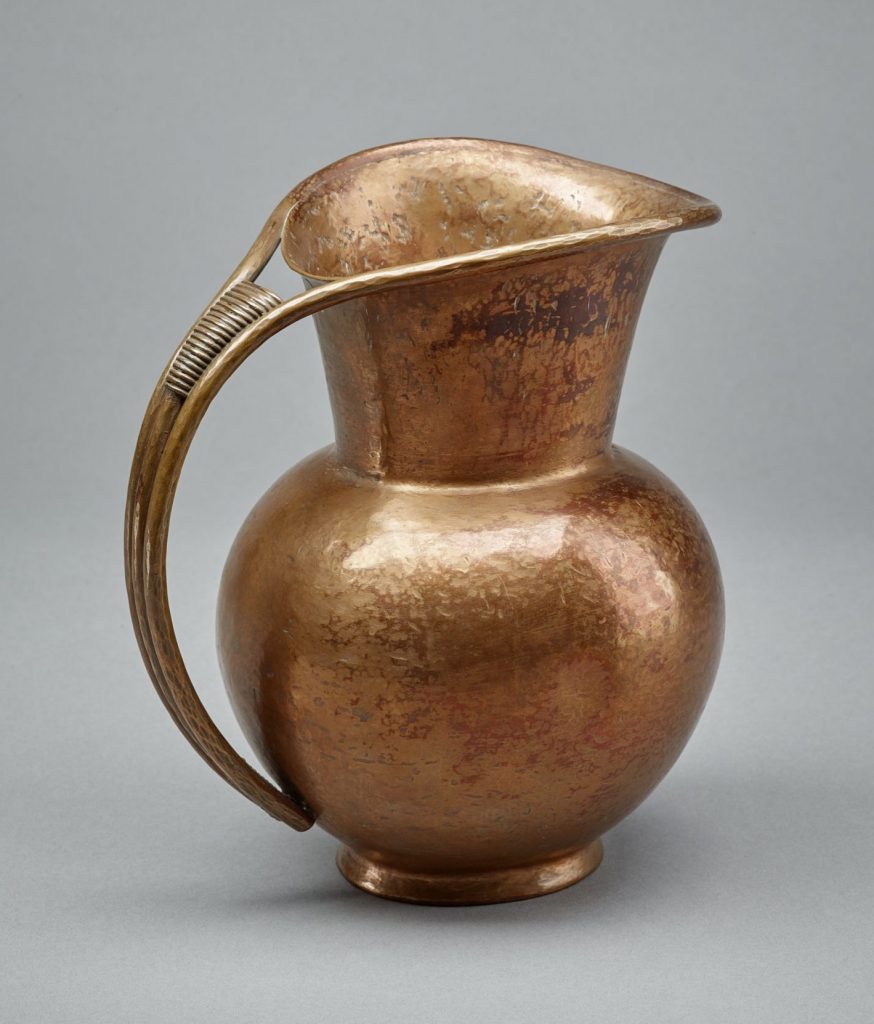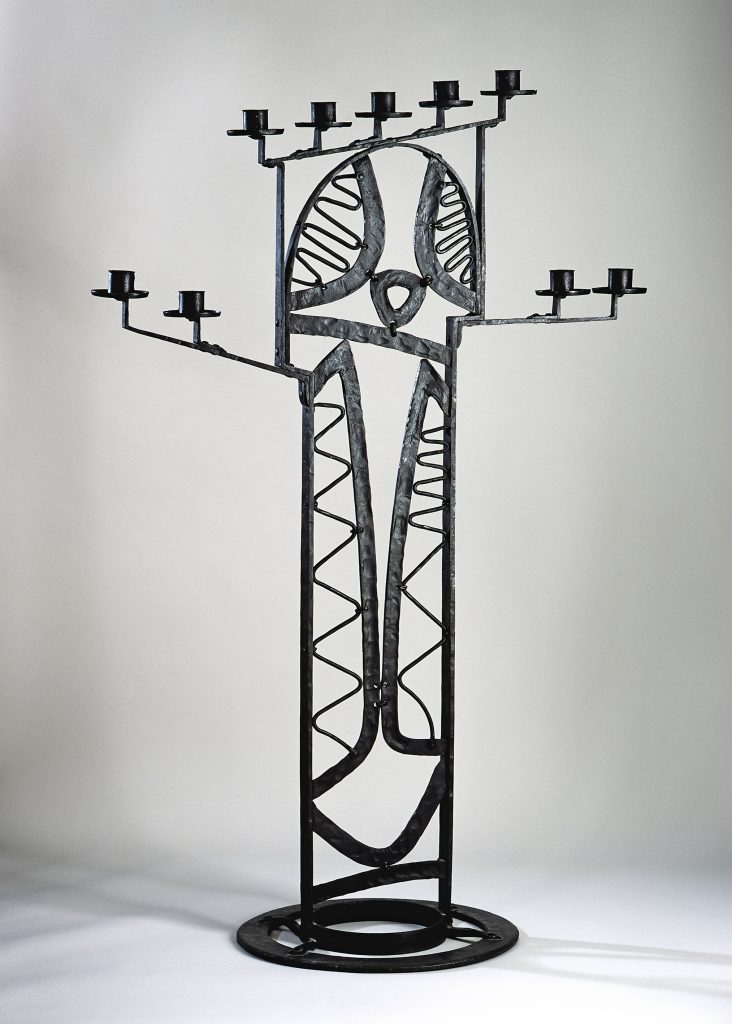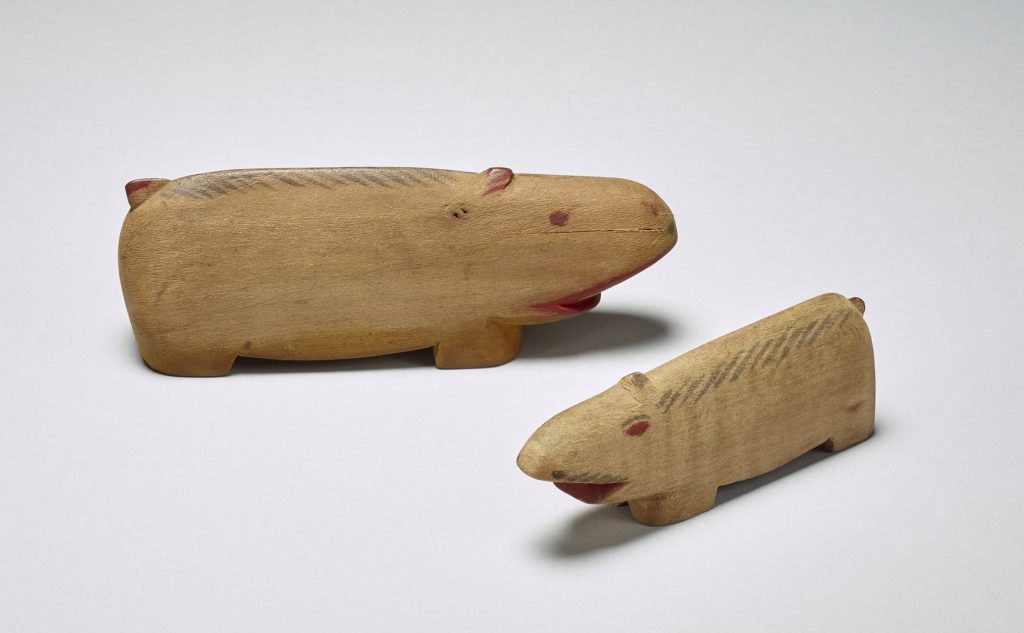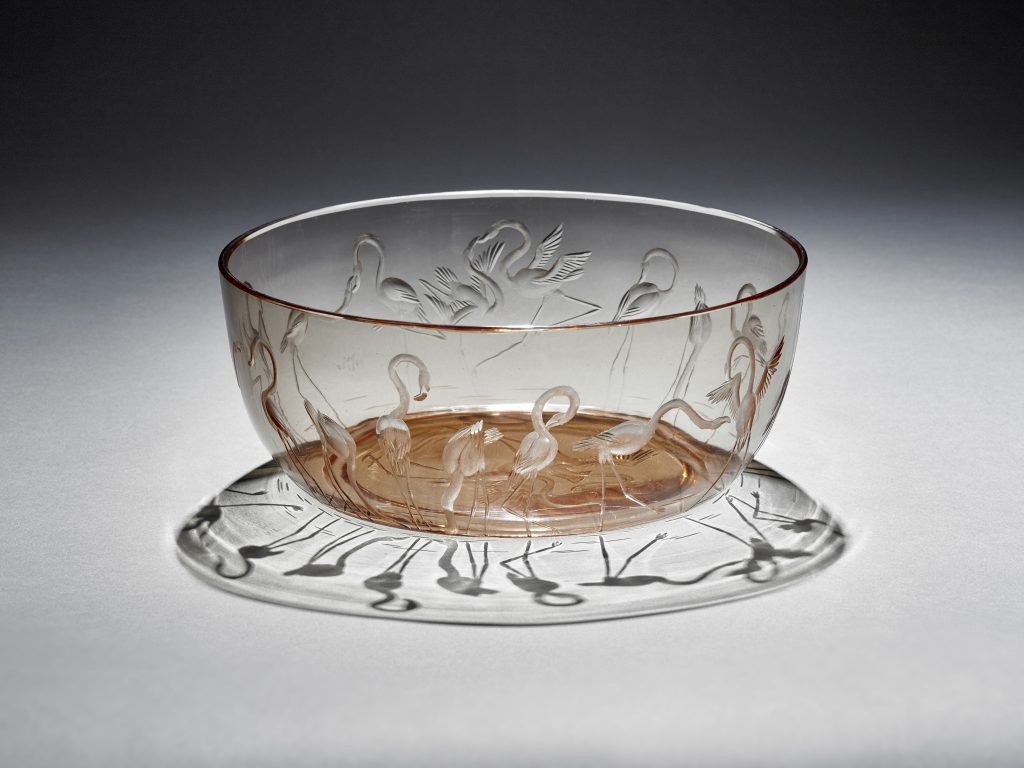The textile collections have their roots in the model collection compiled in 1898 and include unique samples from the 19th and 20th centuries, with a special focus on Art Nouveau, Art deco, Wiener Werkstätte, and Bauhaus, along with a large selection of carpets, embroidery, lace, and non-European textiles. Renowned artists are represented in the collections, such as William Morris, Charles Francis Annesley Voysey, Lewis Foreman Day, Koloman Moser, Dagobert Peche, Richard Riemerschmid, Otto Eckmann, Josef Hoffmann, Mariano Fortuny, Alexandre Sandier, Félix Aubert, and many more. A special feature are 5,000 ladies’ stockings and 400 pairs of gloves from the period between 1880 and 1930, as well as 600 fragments of Coptic textiles dating from the 4th to the 8th centuries. Moreover, the Textile and Decorative Arts Collections also include a number of exclusive Japanese colour stencils (150 katagami) and European wallpapers (1,000 exhibits), nature studies (150 sheets), decorative art, and an important collection of posters by international artists from the 19th and 20th centuries (6,500 in number). The decorative artworks by Henry van de Velde are on view in the Henry van de Velde Museum.
The majority of the 30,000 items in the holdings of the Textile and Decorative Arts Collections were acquired at the height of the industrial era in Chemnitz, and they are being continually expanded to this day. The textile collection is unique in Europe because of its particular quality and diversity.


